E-commerce has completely changed the marketing experience in recent years, so selling and buying goods and services online has become a business model that all people have adapted. The first thing that comes to mind is to search for that product on websites and then see reviews and evaluations of it, as well as receive recommendations, offers or discounts to buy, even pay and complete the process and then access the product, all digitally.
Clearly, e-commerce took the rug from under traditional shopping experiences, although statistics indicate that online sales exceeded $6 trillion by 2024, we have always missed personal interaction with these stores to be stronger and more comfortable, which VR technologies have already created in setting up virtual stores. VR technologies have helped to change many things by adding a lot of sensory interaction. In this article, we will take you on a simple journey to inform you about what virtual stores, the foundations and types of stores you operate on. In addition to mentioning a lot of benefits and features that motivate you to use them.
What are virtual stores?
Virtual reality store is an e-commerce store blended between virtual reality and augmented reality hence the apparatuses to bridge the interaction gap and tangible sentiments between computerized and conventional shopping in arrange to give customers the feeling that they are as of now in store for a more eager buying encounter These instruments may be related to 3D imaging or 360 degree imaging, Or smart robots for chat and chat, customers can utilize virtual stores through their phones or computers.
Some types of virtual stores
Measuring clothing by default
One of the shortcomings of e-commerce despite its many advantages, as a buyer you can’t try and touch products before you buy Even technical reviews on YouTube, videos or photos do not give customers the same experience, So VR technologies allow buyers to experience clothes without actually having to touch them. By making online products concrete, this will enhance buyer’s confidence and raise the purchase rate and thus increase returns.
This feature is available in a number of companies such as Lenskart, it is a company specializing in glasses whether sunglasses or regular, users can try glasses on the company’s website or apply them. Also, the Nike Fit app allows users to determine their shoe size in high resolution by pointing the smartphone camera to their feet.
There are many other brands that apply this idea such as Adidas and Charlotte Herrera, which is very suitable for owners of different clothing and fashion companies.
Product experience by default
If your store specializes in home furniture, decoration, electrical appliances and other products used in homes, offices or others virtual reality technologies in virtual stores enable buyers to experience these elements and see what they will look like within the realistic environments in which they will use them. This gives them a better view of the size, dimensions and consistency of these products within their place. apps, a number of applications use such technologies as Ikea and others.
3D Virtual Stores
3D modeling is one of the technologies that makes the interaction with products more realistic, allowing the visitor to inspect the product from all angle and control it completely by rotating, enlarging or miniaturizing it (Zoom in & Zoom out), in addition to being customized by changing color or other recipes, there are a number of companies that use 3D modeling in their applications such as Bumbleride.
Virtual Reality Development Features in Virtual Stores
VR development features are multiple in virtual stores but in our article we will seek to highlight three of the most important features.
Greater efficiency and effectiveness
One of the biggest features is the efficiency and effectiveness of the shopping experience, one of the manifestations is the speed and ease of customers moving through the store or viewing different products and trying them by default without leaving the house and knowing their price, customer reviews and others, it also reduces the material costs and conditions associated with time for the buyer.
Another feature is helping customers make smarter decisions about what to buy without having another element such as customer service staff, which reduces their need in such environmental conditions.
Cost reduction
For vendors and virtual store owners, the physical costs of launching it are much easier than the costs of operating a traditional store such as rent, employee salaries, equipment costs and maintenance “, although stores with VR technologies are more effective and more successful, Virtual store owners also have the ability to display products and make extensions in excess of what can be stored in physical stores This indicates customers’ access to a wider range of products which can increase your sales.
Better shopping experience
As a custom of VR technologies, they allow customers a more personalized experience in terms of choosing their favorite lighting, background sounds and even the sales assistant they interact with, also they are more interactive.. Algeria may enter into a 3D environment that mimics real stores instead of still images on the screen, the immersive interactive experience makes there stronger interactions between the customer and the product and motivates the customer to buy back a future giving you a strong following.
Finally, VR development in virtual stores is one of the technical factors that helps to implement Saudi Arabia’s future Vision 2030. In the 360 Smart Valley, we seek to take care of its services and offer them as best as possible. Virtual stores are an option worth thinking about and then implementing and applying as it gives both investors and customers many advantages.
















